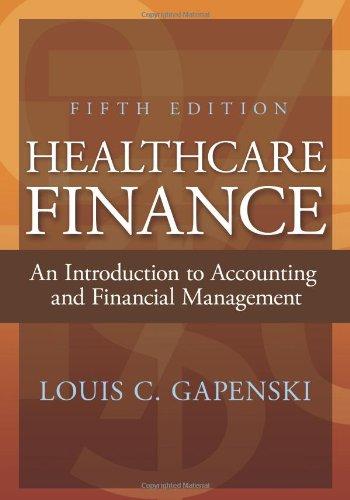1) Refer to the data sheet in BlackBoard. Find the following: a) After Tax cost of debt below $1.5 million. b) After Tax cost of debt above $1.5 million. c) Cost of preferred stock d) Cost of internal equity using Dividend Growth model. e) Cost of internal equity using CAPM. f) Composite (average) cost of internal equity. g) Cost of new equity. h) Dividends. i) RE available for the year, given the dividends policy. j) Weighted Average Cost of Capital with lowest component costs. k) Weighted Average Cost of Capital with higher debt cost, but lowest other costs. 1) Weighted Average Cost of Capital with highest component costs. Income tax rate Capital Gains Tax Rate Assumed long-term sustainable growth rate 40% 15% 5% WACC facts: Barking Dog Corp Cost of Capital Givens Optimal Capital Structure: 20% Debt 10% Preferred Equity 70% Common Equity Net income for the coming year: $4,000,000 Use Retained Earnings for common equity until all but $1.5 M are exhausted. Dividends policy is to distribute 60% of Nl as dividends. Currently retained earnings Borrowing Limits and interest Rates: Amount Borrowed Interest Rate Oto $1,500,000 6% over $1,5000,000 9% Preferred Stock price: $30 $2 for this year Do: D: Use the average of CAPM and Dividends growth model for FRE Common Stock price: $66 $6 for the coming year SX Float: 10% of the market price Tax rate: 40% For CAPM: 8.5% 3.5% B 1.05 Component costs of capital: per AT ke-BT k(1-T) up to $1,500,000 borrowed per ATK = Tk (1-T) if over $1,500,000 borrowed After-tax cost of debt, ATra (1) After-tax cost of debt, ATT. (2) Cost of Preferred Stock, F. Using DOF Cost of existing equity (RE). PR Using CAPM Cost of existing equity (RE). TH. Composite (average) Cost of new equity, to per the dividend growth model per CAPM per the dividend growth model MCC break points: 4,000,000.00 Net Income Dividends RE available C MOC figures, using higher rates for equity and debt when past break point: WACC up to 1st break point (using all the lowest returns): MCC using higher debt rate: MCC using both higher debt and new equity rates








